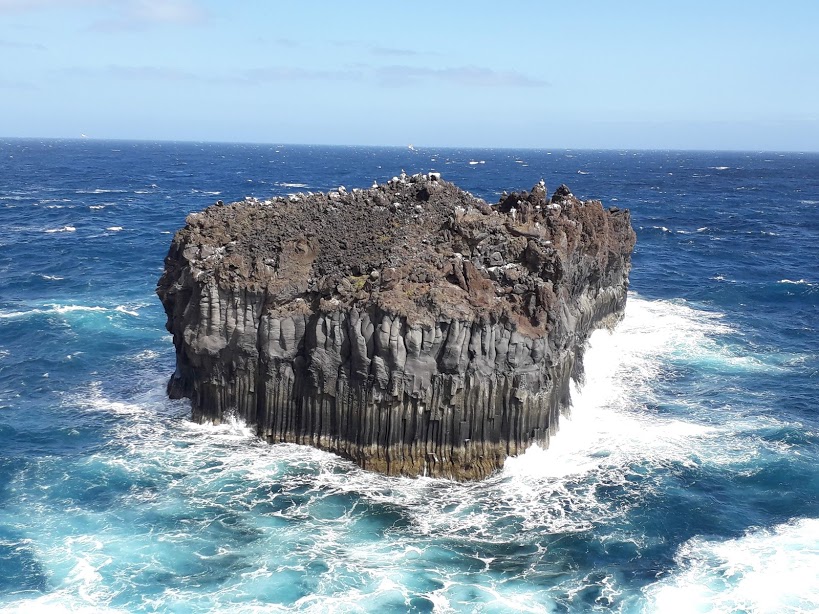Paleomagnetism research arises from the study of the remaining magnetization of rocks and sediments and provides information on the variations of the earth's magnetic field on a geological time scale, which are accompanied by a variety of applications in the geodynamic, stratigraphic, volcanological and environmental fields.
The data is obtained through specific analyzes and measurements of rock samples outcropping along stratigraphic exposures, or taken from cores of marine and lake sediments.
The activities of the palaeomagnetism and environmental magnetism laboratory are carried out in the context of numerous national and international scientific projects and make use of scientific collaborations with universities and research institutes both in Italy and abroad.
There are many research topics developed, including the in which the analyzes of the magnetism of the rocks are carried out in order to understand the processes of deformation of the crust and to reconstruct the phases of the orogeny of the mountain chains.
Among the studies conducted in over 25 years of activity, we mention those on the Apennine and Alpine chains of the Mediterranean, the Andes and the Tibet-Indochina continental deformation zone.
Columnar basalts in El Hierro (Canaries)
Paleomagnetism is also the main method for determining the temperature of pyroclastic flows, "avalanches" of gas, fragments of magma and rocks that slide down the sides of the volcano at high speed, representing the main source of risk to human lives in active volcanoes . This paleomagnetic analysis was recently applied in Fuego Volcano (Guatemala), where about 300 people lost their lives in 2018 due to this type of eruption.
The characteristics of the magnetic field in the past are reconstructed and applied in magnetostratigraphy and integrated stratigraphy studies; through magnetic analyzes on sedimentary successions it is possible to study the inversions of the earth's magnetic field, including information on its variations of (paleo) intensity. Magnetostratigraphy studies can be integrated with biostratigraphic analyzes and radiometric dating (Integrated Stratigraphy) for the high-resolution dating of geological and climatic events, and for the eventual establishment of GSSPs (Global Stratigraphic Section and Points). Among the studies, we recall those conducted in Italy (e.g. Apennine chain); In Spain (e.g. Catalan Pyrenees), Iran, Turkey, the island of Malta, New Zealand, the Okinawa Trench and along the Arctic and Antarctic continental margins. The improvement of measurement techniques and the possibility of carrying out increasingly detailed analyzes on magnetic mineralogy have recently made it possible to develop innovative research on environmental magnetism. Detailed analyzes of the magnetic mineralogy along sedimentary successions are performed to reconstruct the palaeoenvironmental and climatic variations that occurred in the past; these analyzes make it possible to improve this knowledge both on a local and global scale, and to produce new constraints on their modelling. Of particular interest are the multi-year studies conducted on sediments taken from the polar areas as part of numerous projects financed by the PNRA.
In the context of environmental magnetism, the magnetic properties of atmospheric fine particles (PM10) were also characterized by analyzing the filters of the control units of the air quality monitoring networks operating in the Lazio Region for over a year, as well as the leaves of the trees and the lichens present in urban and industrial areas. In particular, magnetic biomonitoring has made it possible, since 2002, to evaluate the pollution from vehicular traffic in Rome on plane trees and holm oaks, the trees found to be most suitable for this type of study.





